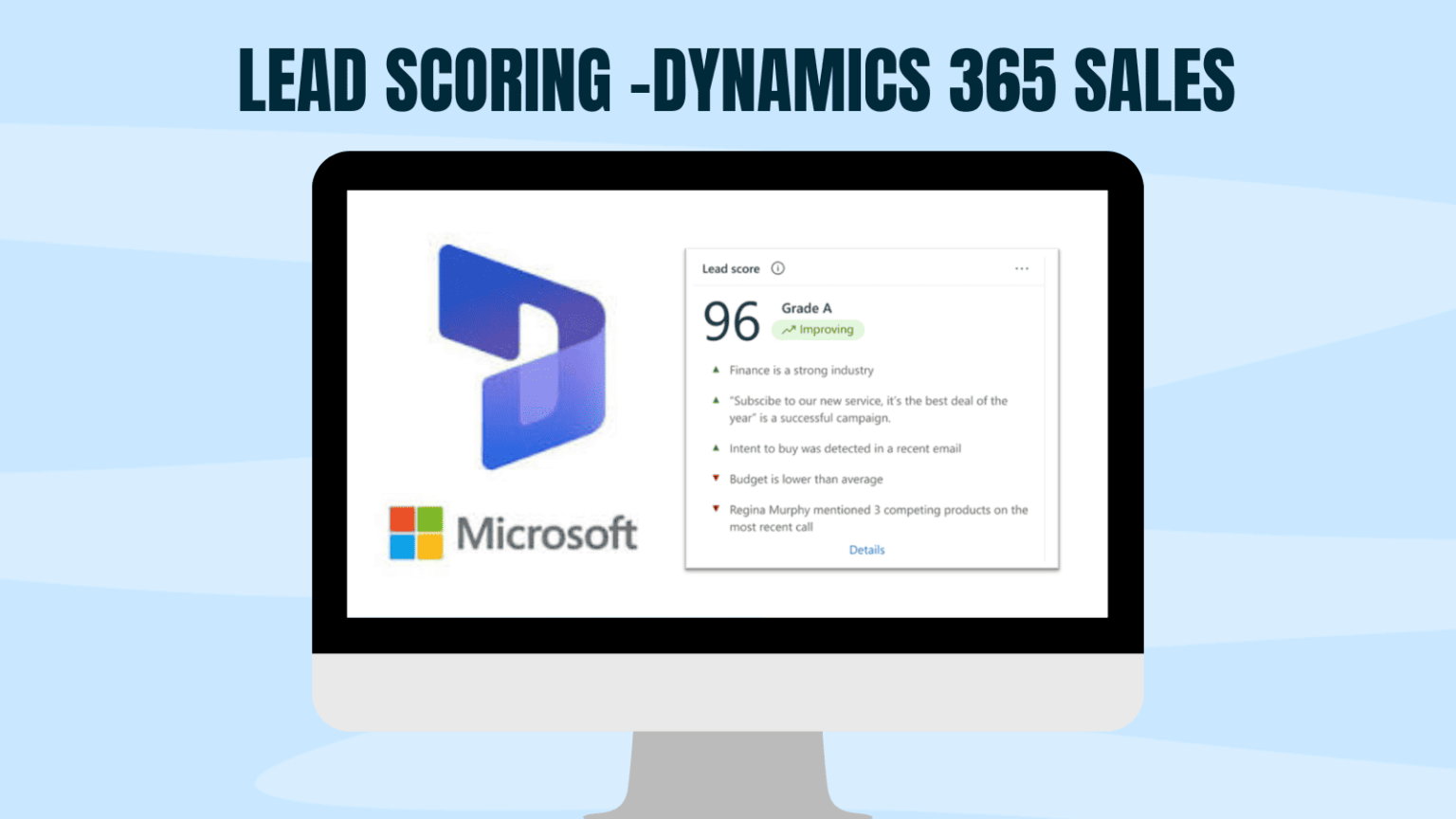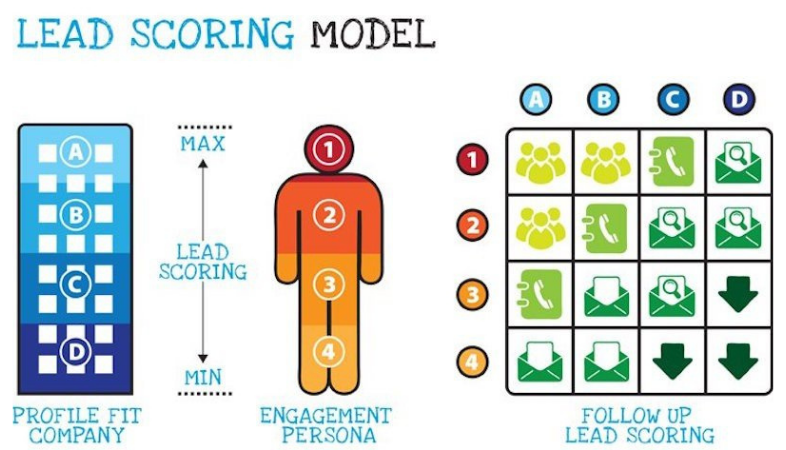
CRM with Heat Scoring: Nurturing Leads into Loyal Customers
In the dynamic world of sales and marketing, efficiency and effectiveness are paramount. Businesses are constantly seeking innovative strategies to optimize their processes, streamline their efforts, and maximize their returns on investment. One such strategy that has gained significant traction in recent years is the integration of Customer Relationship Management (CRM) systems with lead heat scoring.
This powerful combination empowers businesses to identify, prioritize, and nurture their most promising leads, ultimately leading to increased conversion rates and enhanced customer satisfaction.
Understanding the Fundamentals
Before delving into the intricacies of CRM with lead heat scoring, it’s essential to establish a clear understanding of the core concepts involved:
-
CRM (Customer Relationship Management): A CRM system is a software solution designed to manage and analyze customer interactions and data throughout the customer lifecycle. It provides a centralized repository for all customer-related information, enabling businesses to gain a holistic view of their customers and prospects.
-
Lead: A lead is a potential customer who has expressed interest in a company’s products or services. Leads can originate from various sources, such as website forms, social media interactions, or marketing campaigns.
-
Heat Scoring: Heat scoring is a methodology used to assign a numerical value to each lead based on their level of engagement, behavior, and fit with the company’s ideal customer profile. This score serves as an indicator of the lead’s likelihood to convert into a paying customer.
The Synergy of CRM and Heat Scoring
When CRM and heat scoring are integrated, they create a synergistic effect that amplifies their individual benefits. Here’s how the integration works:
-
Data Collection: The CRM system automatically collects data about leads from various sources, including website visits, email interactions, social media activity, and form submissions.
-
Score Assignment: Based on predefined criteria, the heat scoring system assigns a numerical score to each lead. These criteria may include factors such as job title, industry, company size, engagement with marketing content, and website activity.
-
Lead Prioritization: The CRM system sorts leads based on their heat scores, allowing sales and marketing teams to prioritize their efforts on the most promising prospects.
-
Targeted Nurturing: Armed with insights into each lead’s interests and behavior, sales and marketing teams can tailor their communication and offers to resonate with the individual lead.
-
Sales Enablement: The CRM system provides sales representatives with a comprehensive view of each lead’s history, interactions, and heat score, enabling them to engage in more informed and productive conversations.
Benefits of CRM with Heat Scoring
The integration of CRM with heat scoring offers a multitude of benefits for businesses of all sizes. Some of the most significant advantages include:
-
Increased Conversion Rates: By focusing on the leads that are most likely to convert, businesses can significantly increase their conversion rates and generate more revenue.
-
Improved Sales Efficiency: Sales representatives can spend their time and energy on the leads that are most likely to close, reducing wasted effort and increasing overall productivity.
-
Enhanced Customer Satisfaction: By providing personalized and relevant communication, businesses can build stronger relationships with their customers and foster long-term loyalty.
-
Better Marketing ROI: By targeting marketing efforts on the most receptive leads, businesses can optimize their marketing spend and achieve a higher return on investment.
-
Data-Driven Decision-Making: The data collected and analyzed by the CRM system provides valuable insights into customer behavior and preferences, enabling businesses to make more informed decisions about their sales and marketing strategies.
Implementing CRM with Heat Scoring
Implementing CRM with heat scoring requires careful planning and execution. Here are some key steps to consider:
-
Define Your Ideal Customer Profile: Before implementing heat scoring, it’s essential to clearly define your ideal customer profile. This will help you identify the characteristics and behaviors that are most indicative of a promising lead.
-
Establish Scoring Criteria: Develop a comprehensive set of scoring criteria based on your ideal customer profile and the data collected by your CRM system. These criteria should be weighted according to their relative importance.
-
Integrate Your CRM System: Ensure that your CRM system is properly integrated with your heat scoring system. This will enable seamless data flow and automated score assignment.
-
Train Your Team: Provide your sales and marketing teams with thorough training on how to use the CRM system and interpret the heat scores. This will ensure that they are able to effectively prioritize and nurture leads.
-
Monitor and Optimize: Continuously monitor the performance of your heat scoring system and make adjustments as needed. This will help you ensure that it remains accurate and effective over time.
Best Practices for Lead Heat Scoring
To maximize the effectiveness of your lead heat scoring efforts, consider the following best practices:
-
Start Simple: Don’t try to implement a complex scoring system from the outset. Start with a few key criteria and gradually expand as you gain more experience.
-
Use Both Demographic and Behavioral Data: Incorporate both demographic data (e.g., job title, industry) and behavioral data (e.g., website activity, email engagement) into your scoring criteria.
-
Regularly Review and Update Your Scoring Criteria: Customer behavior and market conditions change over time. Regularly review and update your scoring criteria to ensure that they remain relevant and accurate.
-
Segment Your Leads: Segment your leads based on their heat scores and tailor your communication and offers accordingly.
-
Don’t Rely Solely on Heat Scores: While heat scores are a valuable tool, they should not be the sole basis for decision-making. Consider other factors, such as the lead’s specific needs and circumstances.
Conclusion
CRM with lead heat scoring is a powerful combination that can transform the way businesses manage and nurture their leads. By prioritizing the most promising prospects, personalizing communication, and streamlining sales efforts, businesses can significantly increase their conversion rates, improve customer satisfaction, and drive revenue growth.
However, implementing CRM with heat scoring requires careful planning, execution, and ongoing optimization. By following the best practices outlined in this article, businesses can maximize the effectiveness of their lead heat scoring efforts and achieve their sales and marketing goals.
In an increasingly competitive marketplace, CRM with lead heat scoring is no longer a luxury, but a necessity for businesses that want to thrive and succeed.

